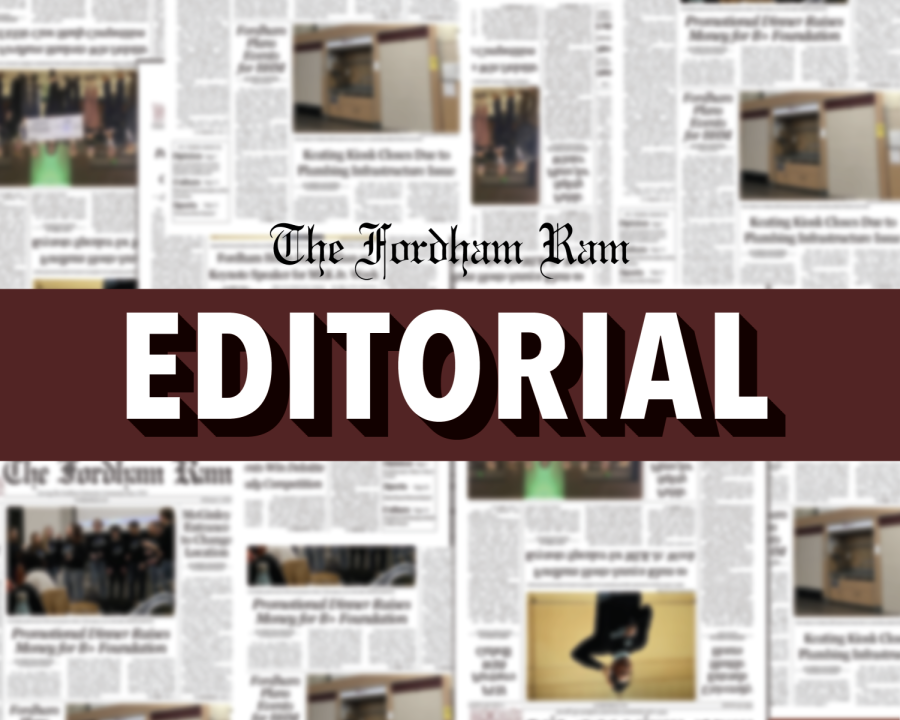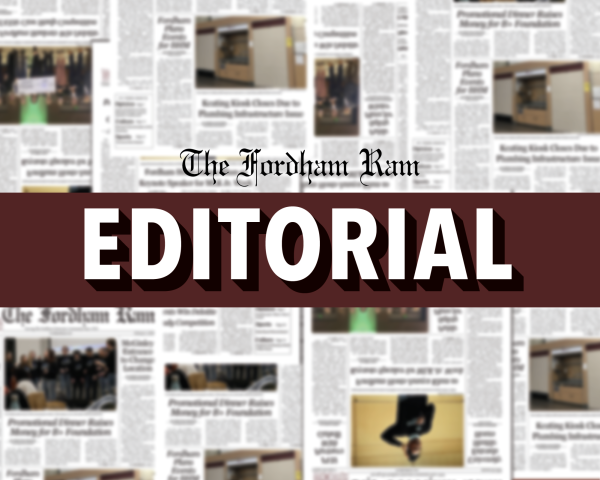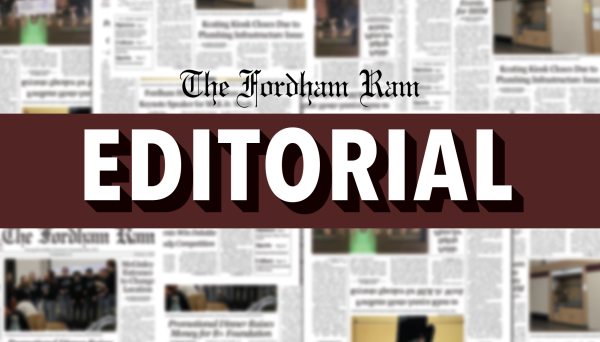Fordham, Show Us the Money
In her email addressed to the Fordham community on March 30, President Tania Tetlow announced a 6% increase in tuition and room and board costs for the 2023-24 academic year, equaling out to $86,465. This number is a reflection of both tuition and room and board figures, but there are still additional charges that students will incur through other expenses such as buying course materials. With class sizes already increasing — meaning there are more students paying a higher tuition — what is the university doing with all this money?
Students and their families should be able to see how the university is spending their money and what their money is financing. Currently, this information is not publicized. This raises questions of why the university does not wish to disclose what the budget is being spent on.
Tetlow accredited reasons for raising tuition to inflation that has raised prices in other areas of living. This may be the case, but, without the publicized information of how Fordham spends their budget and how this may have changed over the years, it can not be conclusively reduced to only inflation ratcheting the cost of attendance.
It can be assumed that there might be more expenses that come with having a layperson president as opposed to the historical precedent of a Jesuit president. There is undeniably going to be a salary difference between the two, but the university should be open about that. Looking at similar universities, Georgetown has been very transparent with their students about their president’s salary. As of 2020, John DeGioia, president of Georgetown University, received a compensation of $1.1 million.
Questions of how Fordham is allocating resources have arisen as well. The university received close to $150 million in loans to fund the new McShane Campus Center in 2020 meaning this funding, at the time of construction, was not coming directly out of Fordham’s resources. Maybe launching a construction project creating a multi-million dollar debt that the university now needs to pay back during a global pandemic was not the best use of resources. Students and families are now expected to help alleviate that debt without being able to see exactly where their money is going. Before taking the drastic step of raising the tuition and room and board to be close to $90,000 per year, why doesn’t the university look to cut back on current spending?
The real issue with the 6% tuition increase is the lack of transparency from the university about spending. This figure is a big ask for students and families who are willing to spend their life savings for a Fordham education and to do so without any insight into where those savings are going. A historic raise in price, as most tuition increases have been in the 3-4% range, requires a historic amount of transparency from the university in how they are spending their students’ money.
Furthermore, this raise in price, bringing an already elite tuition even higher, is a direct contradiction to the university’s value of increasing diversity within the Fordham community. Studies have shown that when private institutions, such as Fordham, raise their tuition, it drives students to more affordable, nearby public universities. Higher tuitions create an exclusionary environment, especially for middle-to-lower-class students and their families, a majority of whom are foreign-born and students of color. Excluding these groups from Fordham’s campus through this raise in tuition will foster a more homogenous, closed-minded culture which would be a disservice to creating the welcoming and multicultural community Fordham is hoping to have.
In the face of other costs being raised for students, such as the USG activities fee, Fordham’s desire to accrue more revenue may actually deter that goal by driving students to a less expensive university. $86,465 for tuition and room and board is unarguably far too high a cost and is far too high a price to pay without the return of transparency on Fordham’s part. Transparency on what that increase will be put towards and what current spending is at now. Raising tuition by 6% seems far too drastic of a first step if other cost-cutting efforts have not been exhausted yet.
There are more students, and therefore more tuition payments, than in past years, the price to attend is higher, and yet the university still needs to raise tuition to a drastically high number in order to cover operational costs. The cause for this may simply be inflation, but without the university being transparent with students and their families about spending, The Fordham Ram remains skeptical.












































































































































































































Alum Remaining Skeptical • Apr 21, 2023 at 7:37 pm
Is there not an annual spring budget forum? If so, how is that not “showing the money”? I’m all for critiquing the Fordham admin and would be curious to see Tetlow’s salary, but they very much literally release an annual budget and have available 5-year financial plans.